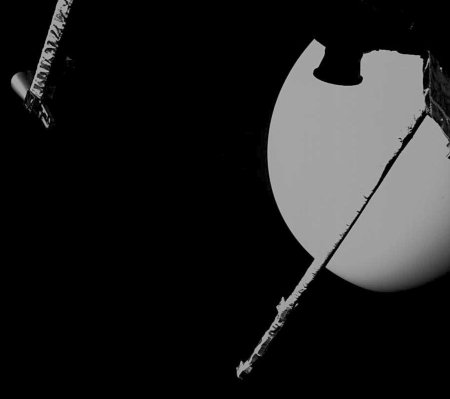Japan’s new H3 rocket’s second stage fails during first launch
Japan’s new H3 rocket failed today on its first launch when something went wrong at second stage ignition, after separation from first stage.
Once controllers realized the rocket would not reach orbit, they initiated a self-destruct sequence, ending the mission.
This is very bad news for Japan’s space effort. Right now it does not have a viable competitive commercial rocket industry. All rocket construction is supervised and controlled by its space agency JAXA, which almost exclusively uses Mitsubishi to build what it wants. With the H3 failing (built by Mitsubishi) and the H2A and H2B (both also built by Mitsubishi) slated for retirement, JAXA does not have a rocket it can use for future missions.
Japan’s new H3 rocket failed today on its first launch when something went wrong at second stage ignition, after separation from first stage.
Once controllers realized the rocket would not reach orbit, they initiated a self-destruct sequence, ending the mission.
This is very bad news for Japan’s space effort. Right now it does not have a viable competitive commercial rocket industry. All rocket construction is supervised and controlled by its space agency JAXA, which almost exclusively uses Mitsubishi to build what it wants. With the H3 failing (built by Mitsubishi) and the H2A and H2B (both also built by Mitsubishi) slated for retirement, JAXA does not have a rocket it can use for future missions.


